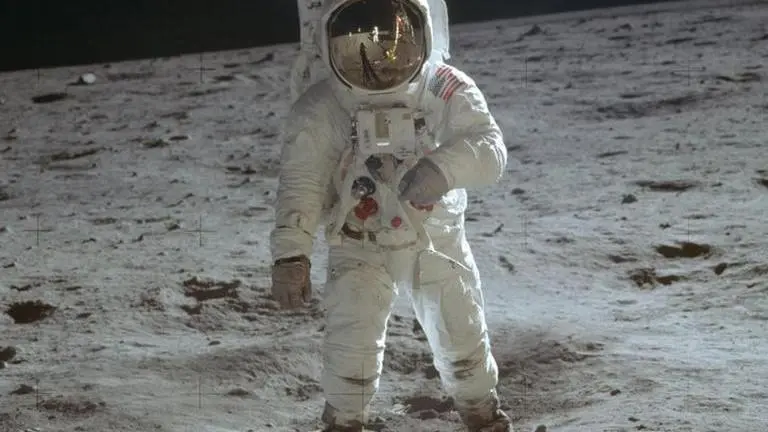Updated 10 June 2023 at 15:33 IST
Scientists reveal how space travel can damage human brain
In a ground-breaking discovery, scientists have found that space travellers can face a massive change in their overall physiology, with major damage in brain.
- Science News
- 2 min read

In a ground-breaking discovery, scientists have found that space travellers can face a massive change in their physiology from head to toe, with a major toll on the brain. The new NASA-funded research has given a deeper insight into how space is not at all a friendly place for humans.
The study, published in the journal Scientific Reports, states that the astronauts who travelled to the International Space Station (ISS) or NASA space shuttles experienced significant expansion of the cerebral ventricles, which are spaces in the middle of the brain containing cerebrospinal fluid. The impact on the brain was more grave for a space traveller who was on a mission lasting at least six months.
But now the question arises: what is cerebrospinal fluid and how does it affect the brain in space? A watery, colourless liquid called cerebrospinal fluid flows in and around the brain and spinal cord. It acts like a protection mechanism, which helps the brain protect against sudden impacts and remove waste products.
Why is space not a friendly place for humans? Here's what the study says
Brain scans of 30 astronauts found that it takes nearly three years for the ventricles to fully recover after a space journey, suggesting that undergoing a space mission at least during that duration would be unadvisable.
Advertisement
The researchers also highlighted that age-related ventricular enlargement, caused not by microgravity but by brain atrophy, can be one of the reasons for cognitive decline. The researchers, however, said that the impact of ventricular expansion on space travellers is not currently known and that more long-term health follow-up is needed.
Researchers' observation
The research was carried out on 23 male and seven female astronauts (average age around 47) from different countries like the US, Canada, and Europe. Of these, eight were on space shuttle missions lasting about two weeks. On average, eighteen were on ISS missions for about six months, and four were on ISS missions for about a year.
Advertisement
It was found that there was little to no ventricular change in astronauts who returned to Earth from a short mission. However, enlargement was observed in astronauts after missions of six months or longer, while there was a significant change in those who came back after a year.
Published By : Amrit Burman
Published On: 9 June 2023 at 09:12 IST
